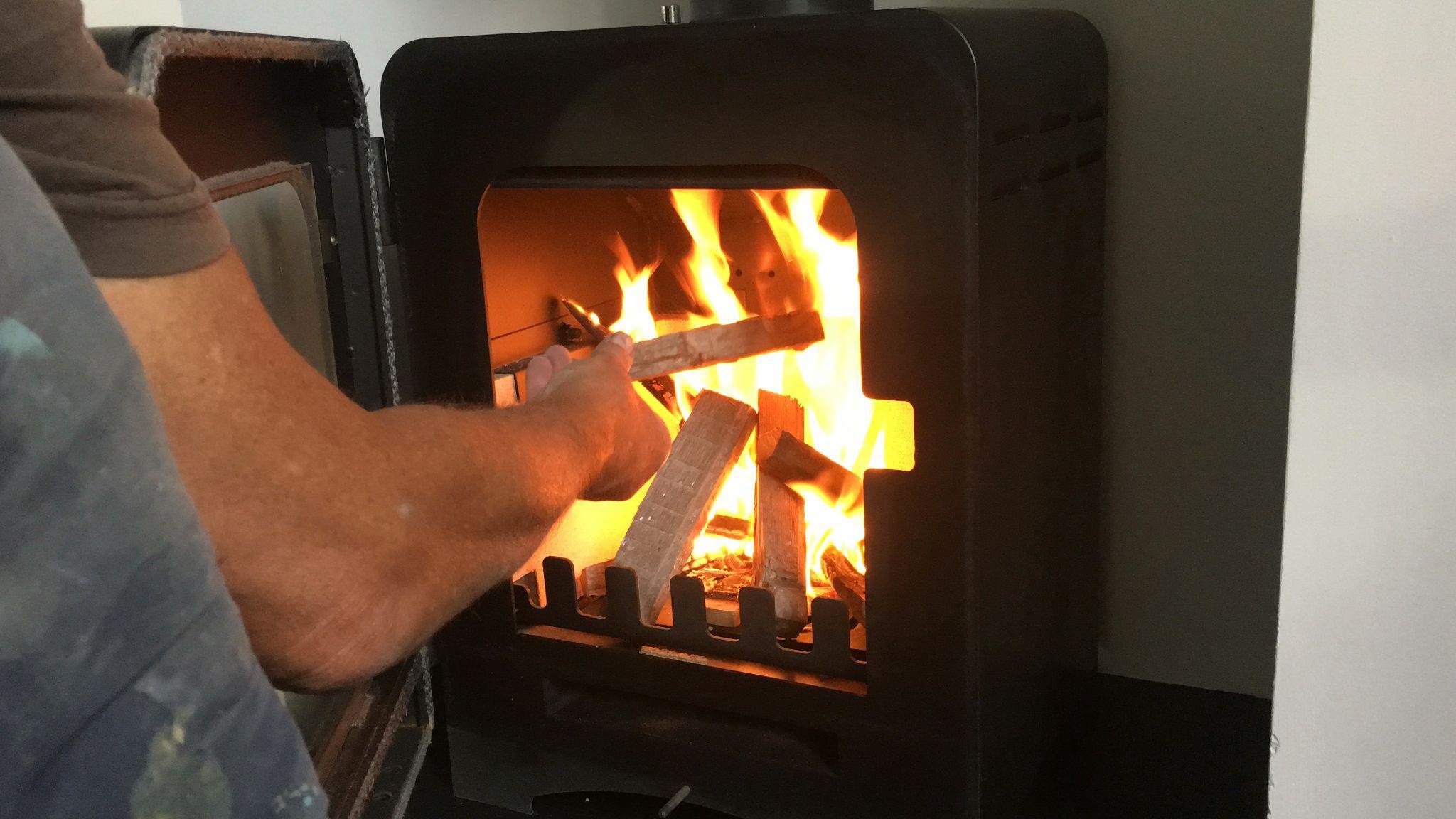Log off – prices soar as demand for logs grows

With thousands of Britons seeking to reduce their energy bills, demand for kiln dried logs has soared in the past year – leading to a spike in prices.
The price of kiln dried logs has soared by up to 50% in the 12 months to September 2022, data from price intelligence company Skuuudle has revealed.
The logs are available to buy in many supermarkets including Tesco and Asda and can be used in wood burners to help reduce heating bills.
The data showed that kiln dried logs have become more expensive at a significantly greater rate than the overall rate of inflation which currently sits at 8.8% for the 12 months up to September 2022.
Energy bills have been one of the main drivers of overall inflation with ONS data showing a 54% increase in the price of electricity and a 99% increase in the price of gas over the same period.
Skuuudle says inflation will be here for some time to come as the UK faces ongoing uncertainty over the prices and supply of oil, gas and electricity with Russia’s invasion of Ukraine showing no signs of ending.
This fuel insecurity has seen a 300% 12 month increase in interest in wood burning stoves and the kiln dried logs that heat them as Brits rethink how they heat their homes this coming winter.
But as demand for alternatives to traditional forms of energy have increased, the supply of logs has decreased as imports of wood from the Baltic states have stopped due to the war in Ukraine.
This shortage of wood has fuelled the price, along with the sharp increase in petrol and diesel prices making shipping more expensive.
This has led to price volatility as retailers struggle to meet demand for kiln dried logs which remain a cheaper option compared with electric and gas effect fire alternatives.
Supply issues make it a challenge for retailers to set price which can lead to price volatility, making it harder for consumers to understand whether the price they are paying for a product is good value.
Skuuudle generates market-leading data analytics to help retailers understand the markets they are operating in to continue to provide optimum prices for consumers – in the face of rising inflation.
This allows retailers to compare like for like products and accurately track changes in price of the same product across different retailers.
This level of insight is critical when accurately tracking the price of a product such as kiln dried logs that are in high demand and subject to supply shortages.
A spokesperson for Skuuudle said: “Many households are seeking to reduce their energy bills at the moment and this has led to increased demand for logs that can be burned at home.
“Our latest figures show that even alternative forms of energy such as kiln dried logs are increasing in price.
“While the percentage change is eye watering, wood burning stoves still offer a more economical way to heat your home than gas or electric fires.
“With demand for kiln dried logs likely to continue to rise due to the prohibitive price of gas and electricity, retailers will need to find solutions to convince consumers that they are paying a price that gives them the greatest value.
“At a time when inflation is affecting the marketplace so much, competitor price monitoring is becoming ever more valuable to help retailers develop strategies to gain a competitive edge.”
Skuuudle says retailers have an unenviable ‘balancing act’ to perform when it comes to pricing: to consider the needs of the customer, their suppliers and their supply chain.






